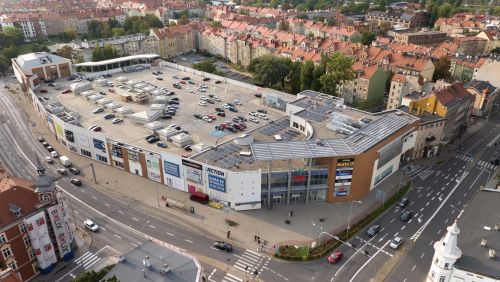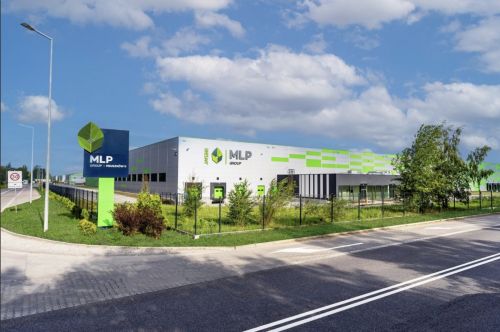Back in the gloomy winter of 2008/2009, on these pages we asked a most difficult question: when will the crisis end? The industry leaders we talked to tended to be cautious, but there were also a few who were not afraid to cite an actual year. Back then 2011 seemed like the year when hope would return for good in our regionAbanker recently told ‘Eurobuild CEE’ that 2011 would definitely be the second year of overall market improvement across the region. And yet, as we enter the new year, the mood is changing. Polish-based construction companies expect to see their sales grow by 3.2 pct in 2011 – a good sign. Nevertheless, this figure is down from the 5.8 pct predicted in March 2010, according to a survey by CEE Construction Research and KPMG. The study shows that the self-confidence of construction firms has unexpectedly deteriorated, with a visible decrease from the 75 pct of companies expecting to perform better than their competitors to the current level of 57 pc






























































